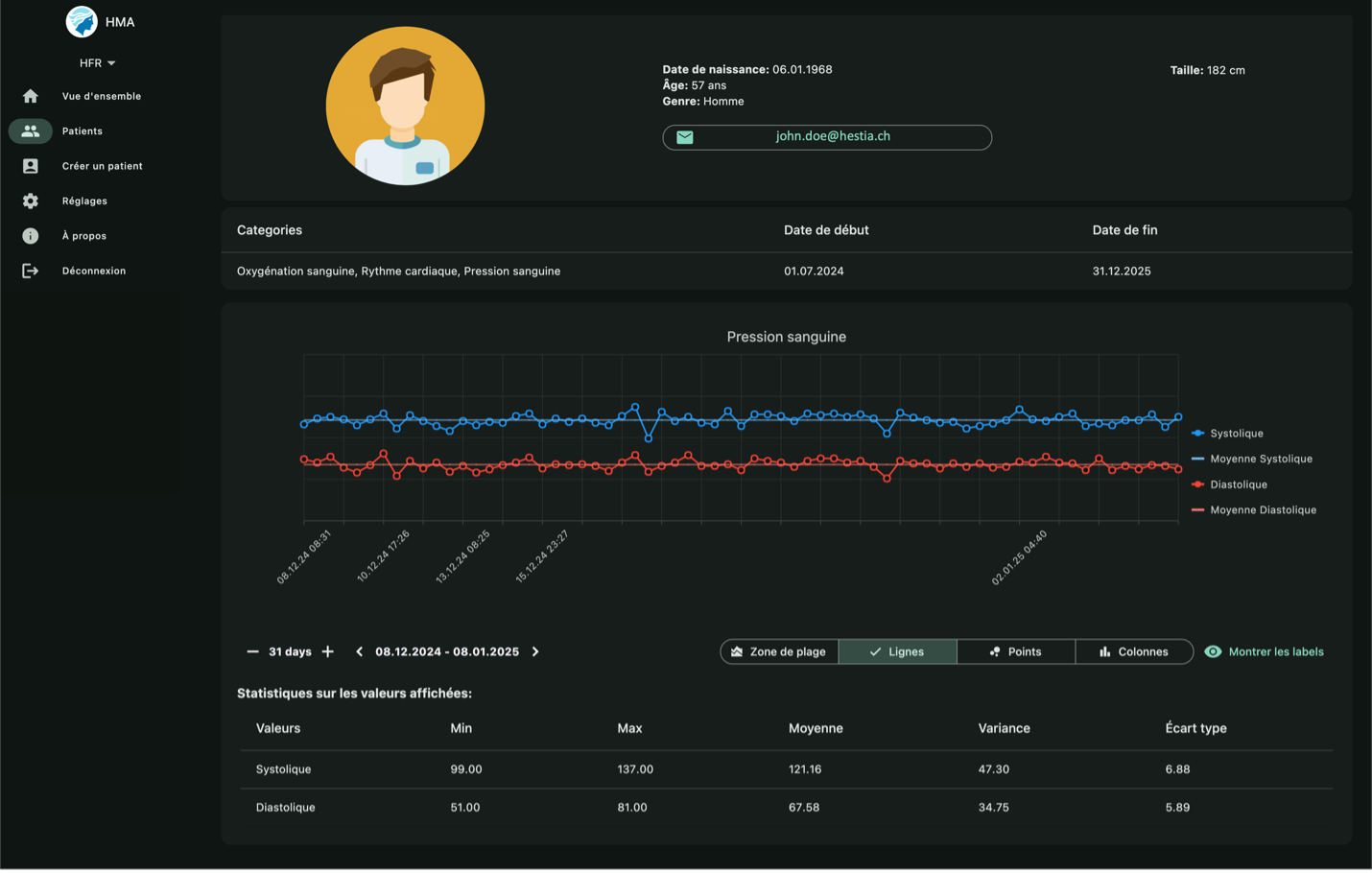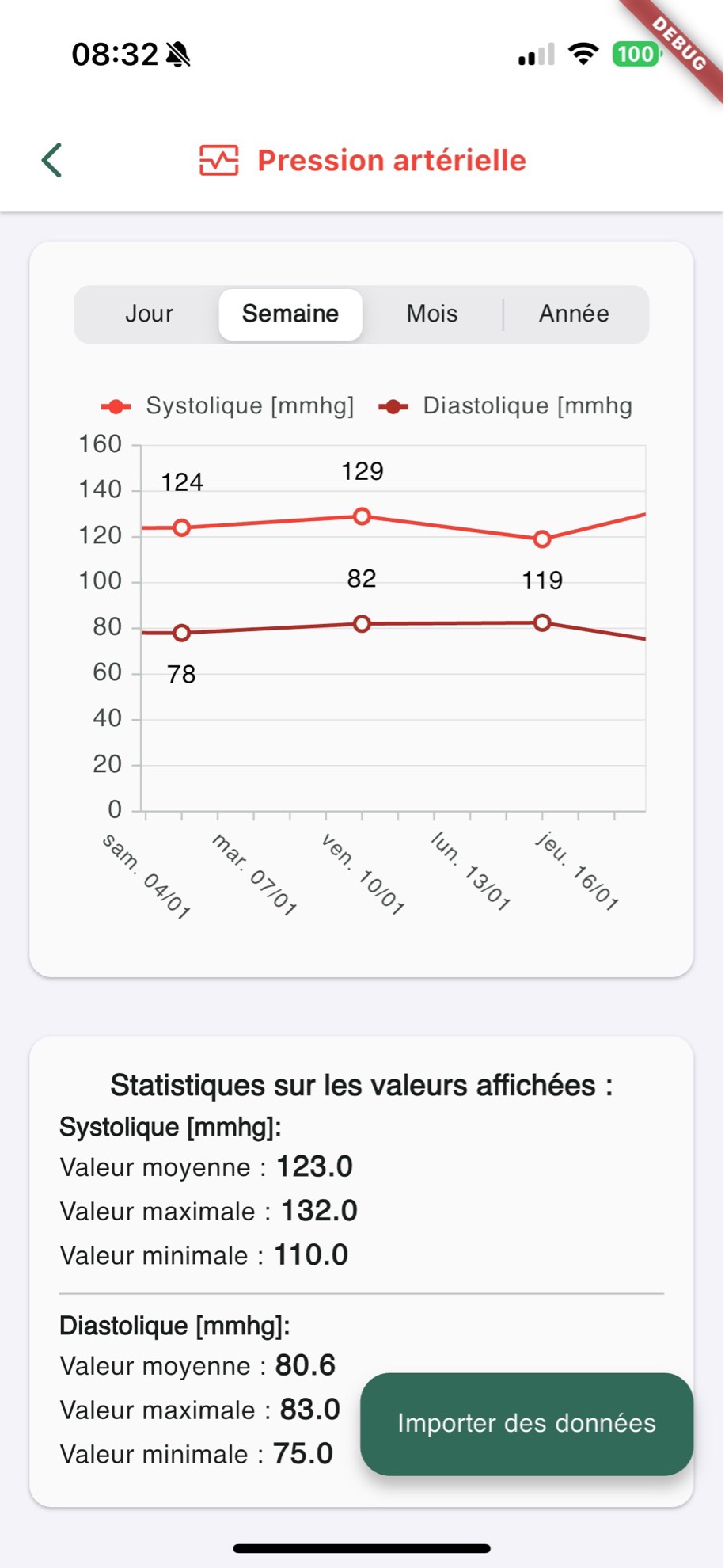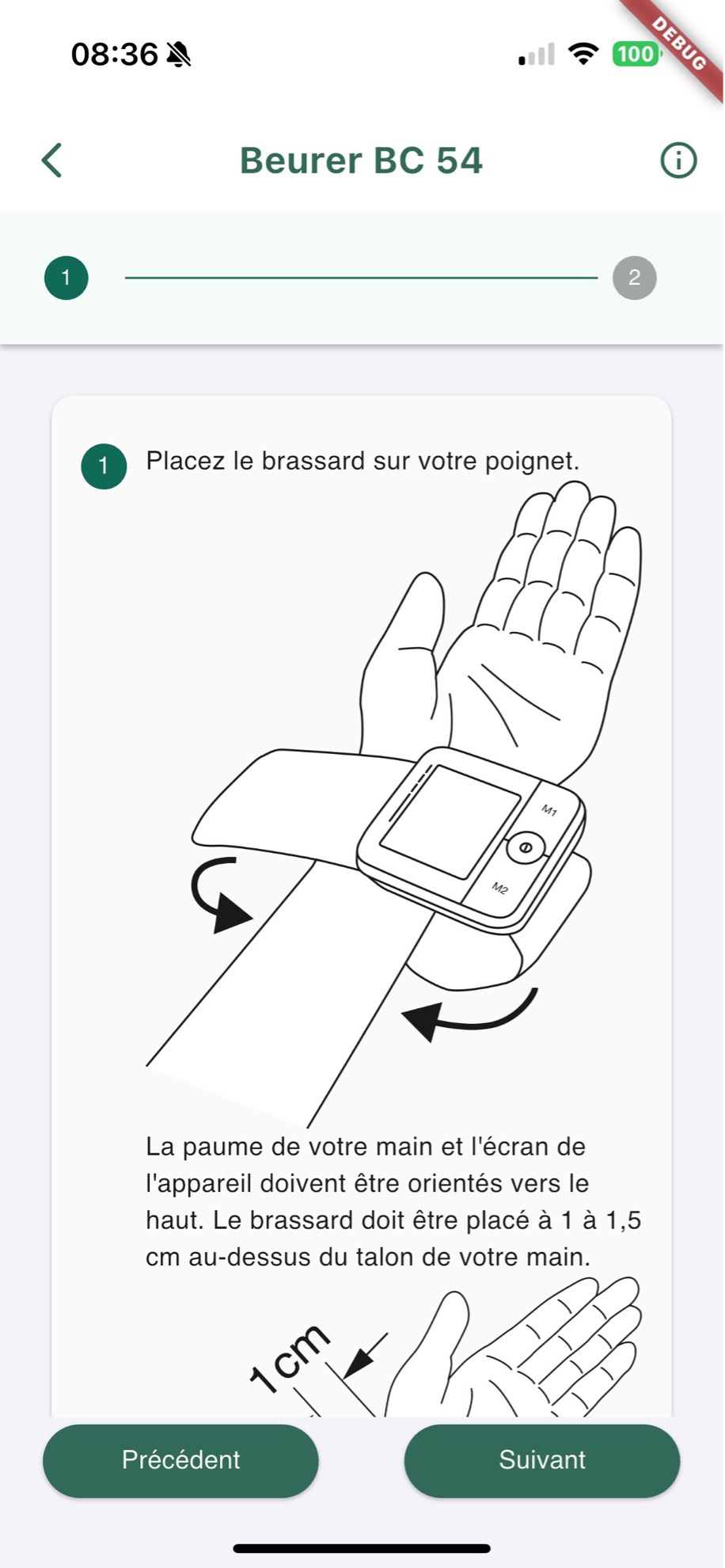





About the Project
The landscape of the Swiss healthcare system is evolving rapidly, confronting challenges such as staffing strains and the closure of medical facilities. Simultaneously, advancements in computing and digital technologies are ushering in novel solutions, fundamentally altering the delivery of medical services. Presently, individuals seeking medical care must either visit healthcare centers for consultations or undergo hospitalization for continuous monitoring, incurring daily costs ranging from 500 to 2,000 CHF.
Building upon the foundations laid by the RMS project, this initiative represents a significant step forward in the digitization of traditional medical monitoring. The secure platform facilitates the exchange of medical data through mobile, web, and desktop applications, enabling real-time and on-site transmission of vital parameters data to healthcare professionals and therapists. By harnessing a network of sensors, including but not limited to heart rate, blood pressure, body composition, saturation, and 30-seconds ECG signals, this project empowers personalized care strategies for rehabilitation, prevention, and health promotion, seamlessly integrated within individuals’ living environments. Sensors of the most-commonly used smartwatches are also integrated to the mobile applications.
The whole backend is hosted in a Kubernetes cluster using the micro-services architecture. A whole chain of continuous integrations and continuous deployments has been set up, according to the industry standards.




Project Components
The security and confidentiality of data are paramount and managed in collaboration with Dina SA, utilizing Swiss data centers. The project adopts a “privacy-first” approach, implementing multiple technologies and principles to ensure the utmost security for the highly sensitive medical data. Data encryption is applied, with access management directly controlled by the end user, ensuring that their information remains inaccessible to unauthorized third parties or the service provider. Users will thus benefit from a robust, reliable, and secure service.
The Fribourg Hospital (HFR) and the Haute Ecole de santé Fribourg (HEdS) will contribute their expertise as central healthcare provider and nursing school within the cantonal economic framework.
Project Timeline and Objectives
The collaborative project Hestia has been finished in early 2025. It started in October 2022 and has been finished after deploying and testing an advanced prototype of the medical information exchange platform, to be tested by HFR for medical monitoring (in the general practices service) as well as another hospital and private medical practice. Very positive feedback has been received by the users and by the doctors in term of usability and reliability. The next goal is the CE certification to be able to deploy publicly. We are entering in the next phase of the project: the integration of the AI for proactive medicine and patient follow-up.
Team members
The project has been realised by a team of past and current academic associate, and one professor:
- Dr. Pascal Bruegger
- Loïc Guibert
- Camille Felder
- Simon Braillard
- Naël Telfser
- Valentin Baudin
